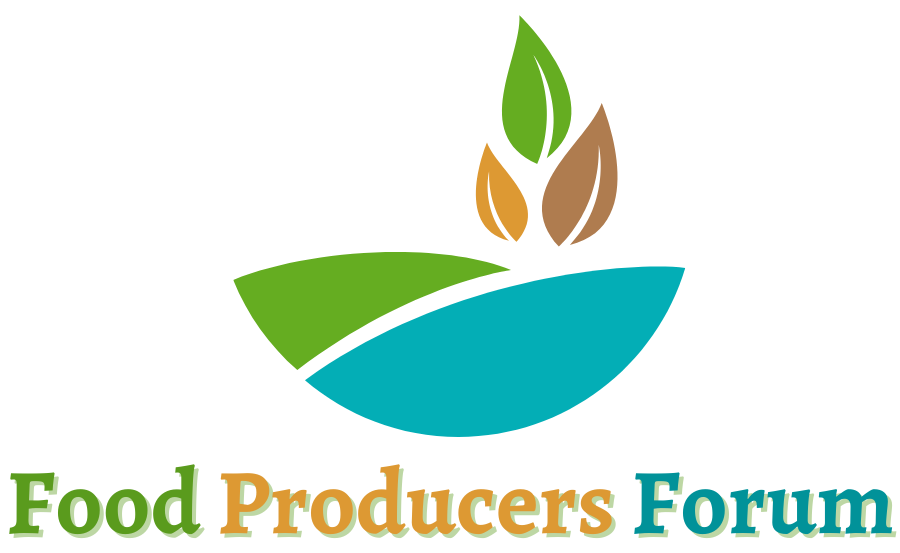Hydroponic growers commonly use artificial nutrients to feed their plants. These nutrients are made by isolating salts that contain the Macro and Micronutrients required for healthy plant growth. Because of the chemically derived nature of these nutrients, many growers and customers are trying to find alternatives to these nutrients to make the process more natural or organic.
Before continuing it is worth mentioning that non-organic nutrients are approved by regulators and found to be safe for use in growing edible plants, and are actualy getting more refined and even safer every year as they are researched and developed. Regardless of this fact, many people still prefer a natural source for organic certification.
Some companies are developing bottled organic hydroponic nutrients from a variety of sources, primarily from sea plants or fish. When properly formulated, these nutrients can be quite effective in growing healthy plants, however, farmers have mentioned some common downfalls of using these products.
Organic hydroponic nutrients tend to have short shelf lives, and may lead to increased maintenance of hydroponic system. I have heard people complain about an intense stench from fish-based products used as nutrients. Strong smells are not unusual on a farm, but it’s worth considering that if a grower is using these for indooroperation, the smell can be much harder to manage or neutralize compared to outdoor farming. Employees at farms using these products can find it to be a difficult condition to work in. Also for farmers like myself who are allergic to fish, this nutrient source can become a toxic material to handle. It also becomes an issue for cross-contamination with ready-to-eat foods for customers with similar allergies.
There is, however, another way of feeding your hydroponic plants naturally, and many growers (including myself) would push the notion that products grown in this way are superior to the ‘organic’ standard in many ways, especially in terms of plant yield and general health. This style of nutrient production is called Aquaponics, a creative marriage between Hydroponics and Aquaculture.
Aquaculture is the process of farming fish, either in enclosed tanks or in the ocean in large cages to prevent the fish from escaping. One of the biggest challenges for Hydroponics is finding eco-friendly and natural nutrient sources, but Aquaculture has its challenges as well. Due to the large amount of waste that fish produce in an enclosed tank, this water must be regularly dumped into oceans and estuaries, causing harmful effects on the surrounding ecosystem.
Aquaculture and Hydroponics canc ombine to solve these issues in ways that Mother Nature has been able to devise over millions of years. It turns out that plants can absorb the waste that fish produce, treating it as a natural organic nutrient source, and thereby cleaning the water that the fish live in as well! This closed cycle also promotes the beneficial bacteria we mentioned earlier in this article and keeps all the living things in the cycle healthy and happy.
We’ll dive more deeply into the many benefits of Aquaponics in the next article!
